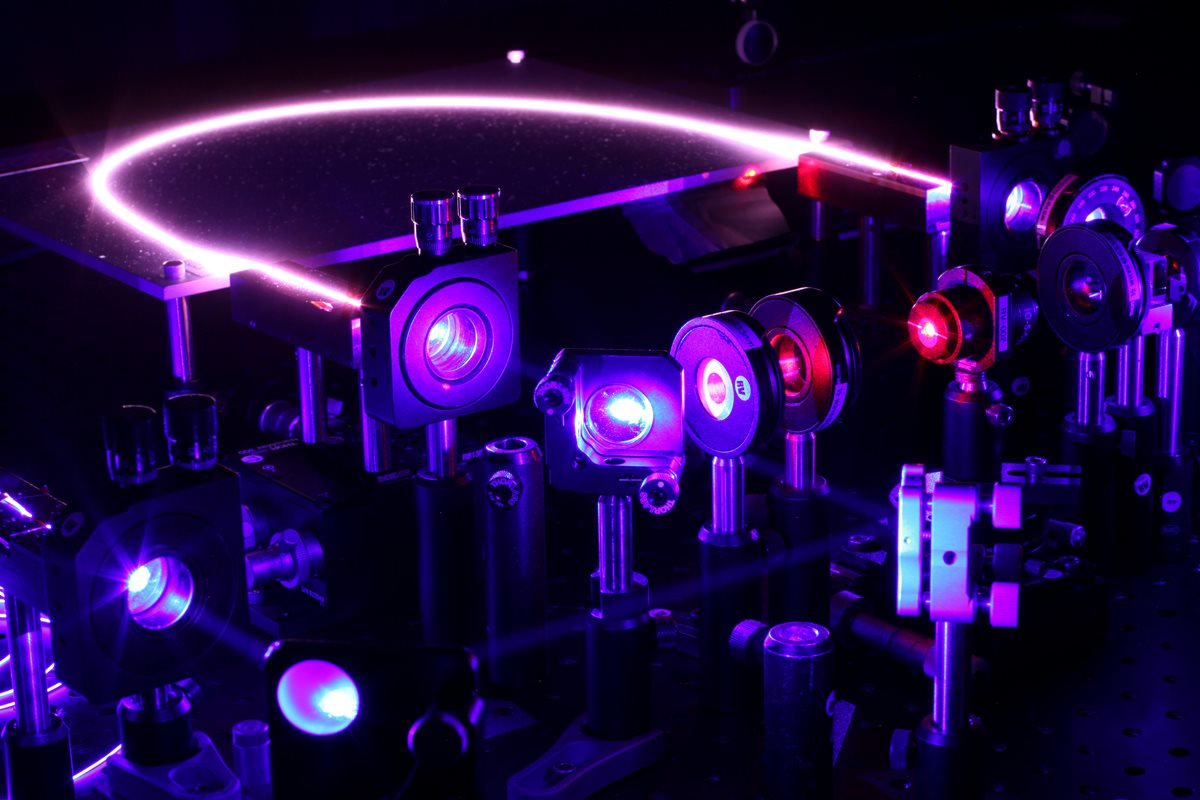Choice Of Ideal Laser Source: Edge Emission Semiconductor Laser Part Two
4. Application status of edge-emission semiconductor lasers
Because of its wide wavelength range and high power, edge-emitting semiconductor lasers have been successfully applied in many fields such as automotive, optical communication and laser medical treatment. According to Yole Developpement, an internationally renowned market research agency, the edge-to-emit laser market will grow to $7.4 billion in 2027, with a compound annual growth rate of 13%. This growth will continue to be driven by optical communications, such as optical modules, amplifiers, and 3D sensing applications for data communications and telecommunications. For different application requirements, different EEL structure design schemes have been developed in the industry, including: Fabripero (FP) semiconductor lasers, Distributed Bragg Reflector (DBR) semiconductor lasers, external cavity laser (ECL) semiconductor lasers, distributed feedback semiconductor lasers (DFB laser) , quantum cascade semiconductor lasers (QCL), and wide area laser diodes (BALD).
With the increasing demand for optical communication, 3D sensing applications and other fields, the demand for semiconductor lasers is also increasing. In addition, edge-emitting semiconductor lasers and vertical-cavity surface-emitting semiconductor lasers also play a role in filling each other’s shortcomings in emerging applications, such as:
(1) In the field of optical communications, the 1550 nm InGaAsP/InP Distributed Feedback ( (DFB laser) EEL and 1300 nm InGaAsP/InGaP Fabry Pero EEL are commonly used at transmission distances of 2 km to 40 km and transmission rates up to 40 Gbps. However, at 60 m to 300 m transmission distances and lower transmission speeds, VCsels based on 850 nm InGaAs and AlGaAs are dominant.
(2) Vertical cavity surface-emitting lasers have the advantages of small size and narrow wavelength, so they have been widely used in the consumer electronics market, and the brightness and power advantages of edge emitting semiconductor lasers pave the way for remote sensing applications and high-power processing.
(3) Both edge-emitting semiconductor lasers and vertical cavity surface-emitting semiconductor lasers can be used for short – and medium-range liDAR to achieve specific applications such as blind spot detection and lane departure.
5. Future development
The edge emitting semiconductor laser has the advantages of high reliability, miniaturization and high luminous power density, and has broad application prospects in optical communication, liDAR, medical and other fields. However, although the manufacturing process of edge-emitting semiconductor lasers has been relatively mature, in order to meet the growing demand of industrial and consumer markets for edge-emitting semiconductor lasers, it is necessary to continuously optimize the technology, process, performance and other aspects of edge-emitting semiconductor lasers, including: reducing the defect density inside the wafer; Reduce process procedures; Develop new technologies to replace the traditional grinding wheel and blade wafer cutting processes that are prone to introduce defects; Optimize the epitaxial structure to improve the efficiency of edge-emitting laser; Reduce manufacturing costs, etc. In addition, because the output light of the edge-emitting laser is on the side edge of the semiconductor laser chip, it is difficult to achieve small-size chip packaging, so the related packaging process still needs to be further broken through.
Post time: Jan-22-2024






